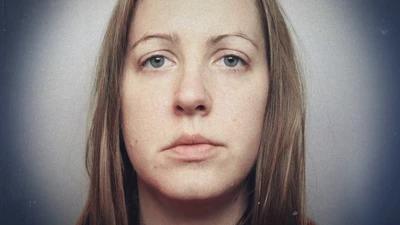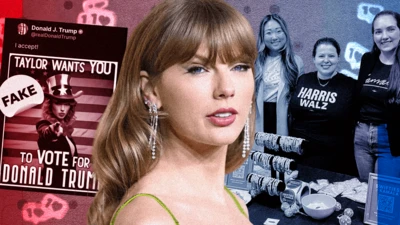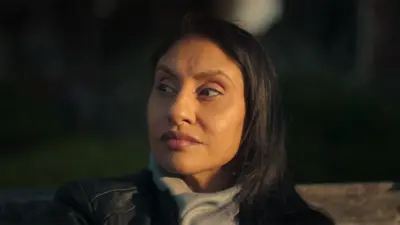We've updated our Privacy and Cookies Policy
We've made some important changes to our Privacy and Cookies Policy and we want you to know what this means for you and your data.
Here's the solution to that 'impossible' maths problem
- Author, ΒιΆΉΤΌΕΔ Trending
- Role, What's popular and why
When British mathematics students tumbled out of this year's GCSE exam (given to 16-year-olds), one question was on their minds.
A fiendishly difficult problem involving a girl named Hannah with two different colours of sweets stumped thousands - and many took to Twitter to complain. Nearly 200,000 people tweeted #edexcelmaths after the exam was finished on Thursday (Edexcel, owned by global publishing and education giant Pearson, is the company that administers the exam).
Radio 4's More or Less asked , author of "Maths for Mums and Dads", to show how the problem can be solved. If you'd like to have a go before watching the solution, here's the question in full:
There are n sweets in a bag.
6 of the sweets are orange.
The rest of the sweets are yellow.
Hannah takes at random a sweet from the bag.
She eats the sweet.
Hannah then takes at random another sweet from the bag.
She eats the sweet.
The probability that Hannah eats two orange sweets is 1/3
(a) Show that n^2 - n - 90 = 0
(b) Solve n^2 - n - 90 = 0 to find the value of n
Video journalist: Alvaro A. Ricciardelli
For more videos subscribe to
You can follow ΒιΆΉΤΌΕΔ Trending on Twitter . All our stories are at bbc.com/trending
Top Stories
More to explore
Most read
Content is not available








